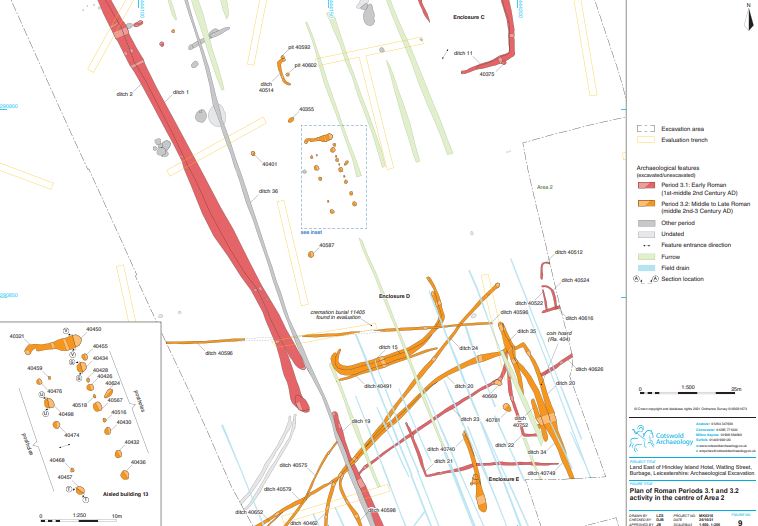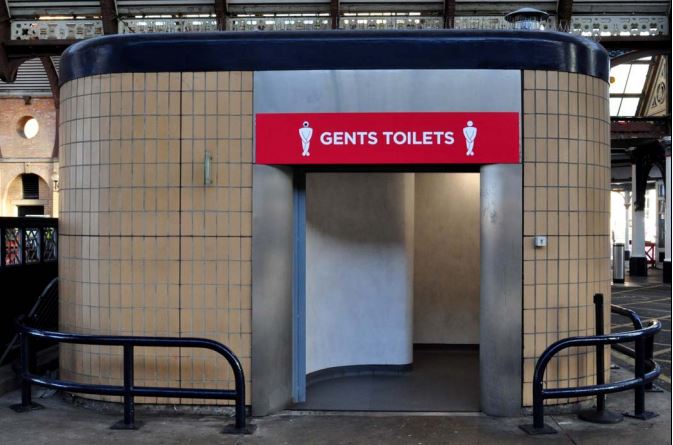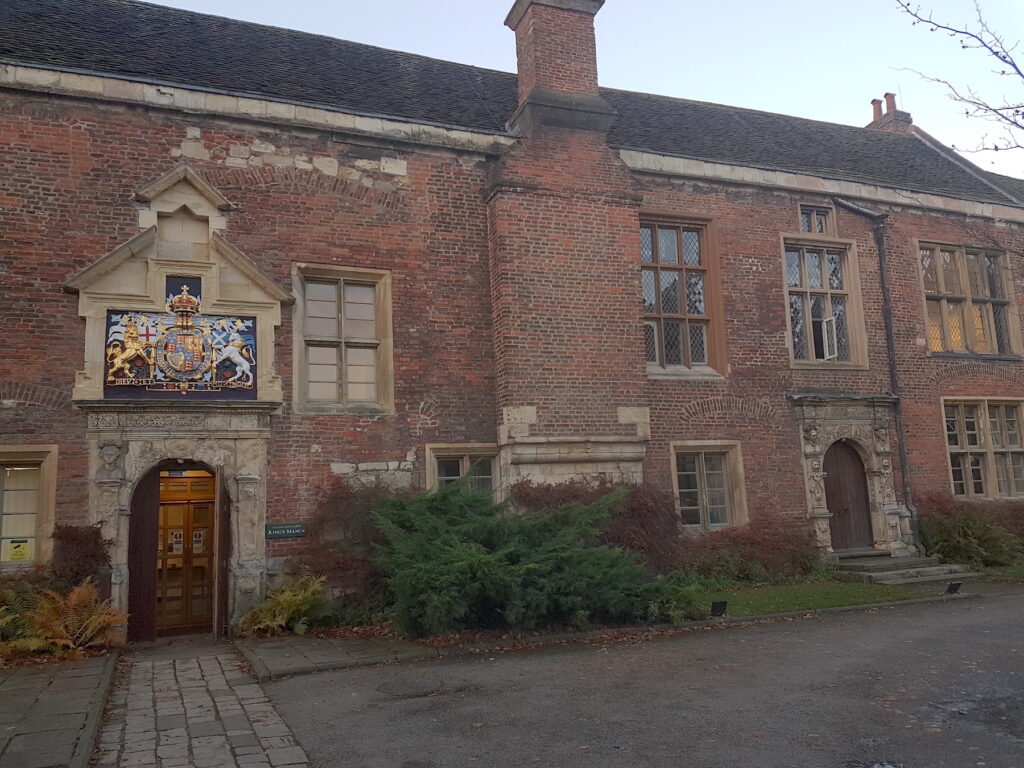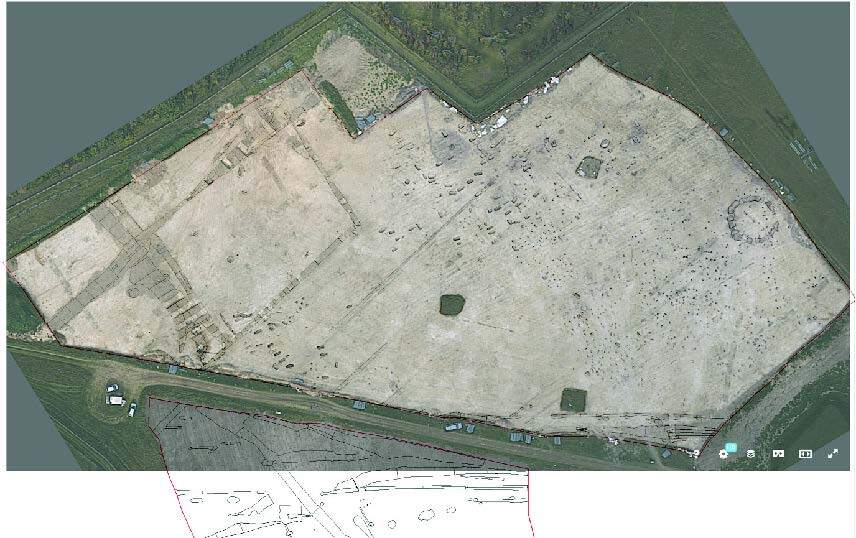Towards the end of 2023 the ADS Library passed a considerable milestone of 80,000 fieldwork reports. This corpus is now one of the largest collections of archaeological reports in the world, sitting proudly alongside similar repositories and collections from countries including the Netherlands and Japan.
The vast majority (75,167 at the time of writing) of these reports derive from the OASIS system. For the uninitiated, OASIS is an online reporting form enabling heritage practitioners to provide information about their investigations to regional Historic Environment Records (HERs) and respective national heritage organisations. As well as being an information-gathering tool, researchers may share reports with HERs for public release in the ADS Library. The ADS, in addition to making the reports available online for access to the wider public, undertakes the curation and archiving of the digital files, ensuring long-term preservation.

This positive news is testament to the continued support of the OASIS system from Historic England as part of the Heritage Information Access Simplified (HIAS) programme, and Historic Environment Scotland. However it’s also a reflection of the hard work of those inputting records and uploading reports, and those reviewing and moving records through the system. Improving throughput was a major requirement of the new system, so as to expedite getting reports into the public domain for reuse and research. After the launch of the new OASIS application in late initial progress on the transfer of reports was somewhat slow primarily due to the impact of COVID and staffing resources. However, since that point we have been able to transfer over 10,000 reports in both 2022 and 2023.

This increase has been down to several factors:
- HERs (OASIS reviewers) tackling backlogs of records.
- The decision to release completed records after an HER review window has passed, with the record having a disclaimer that the HER has not reviewed.
- So-called Lite status for some HERs, whereby reports are released with no HER review.
- A new mechanism for transferring reports, reducing human processes in the ADS workflow.
It’s important to note that factors 1-3 have led to a large number of older records, some even going back to 2004, suddenly being able to be released. This has led to some issues in archiving reports that have sat on the OASIS servers for nearly 20 years. For example we’ve had cases of files uploaded as Adobe Illustrator and CorelDraw that needed careful normalization and reassembly. There have been additional issues with how the old OASIS allowed users to record authors in unconventional fashion, often with multiple authors being recorded as a single string (e.g. “Tony Mortimer, Brian Harvey, John Hendy, and Terry Coldwel” or “Dr J Steinman, Tyler B. et al.”) that have had to be parsed into separate entities, sometimes using software or custom programs, but also often by hand. This can be time consuming, and in some cases has led to delays in reports being released as quickly as we’d like.
In addition to working through legacy issues the transfer of reports is still part of a preservation workflow, and although much of the process is automated there are still human interventions that need to happen:
- Checking the report is for the correct project!
- Checking the report for technical errors such as pages not displaying.
- Checking reports for personal or sensitive data that may need redacting.
- All tasks associated with ensuring files are preserved, in-line with ADS Repository Operations, including documenting preservation interventions and metadata cleaning where appropriate.
In the event of any problems with the report, the OASIS form is used to flag an issue, and the report is not released until the issue is resolved.

The Future of the Library
We’re aware from emails and conversations that the Library remains a core tool in many people’s workflows, and that users have specific needs and requests to make it work for them. There are also general considerations about making records easier to find, but also opening up reports to different routes of enquiry.
The future of the Library was briefly discussed in the blog on priorities for the ADS in 2023/2024, and work is nearing completion on the first round of improvements.
As well as the map, there’ll be a brand new section within the library application that presents a view into just the reports. This has involved members of the team here spending time on thinking of how users may want to view subsets of the reports, for example maritime, industrial archaeology, or community-led projects. This will also allow users to see what’s recently been added, and an easier way to access the comprehensive list of holdings.
Ariadne, Archsearch, and Welsh Grey Literature
Readers should be assured that the Library as a resource remains a key part of the ADS website. In addition to this we’ve also been renewing efforts to make reports findable and to be cross-searched with other resources. As in my previous blog, work is underway to bring this technology over to the ADS as the new Archsearch – giving a single interface to search archives (datasets), metadata records such as Portable Antiquity Scheme (PAS), and the reports from the Library. An example query of Ariadne shows a basic example of how to find reports in that portal.
A recent and exciting development is a collaboration with ALGAO Cymru to include metadata records of grey literature recorded in Archwilio in ADS searches. A small pilot using a json metadata export from Archwilio has been successful, and we hope to have a proper pipeline set-up over Spring 2024. For the first time this will allow users to cross-search reports from England, Scotland and Wales.






